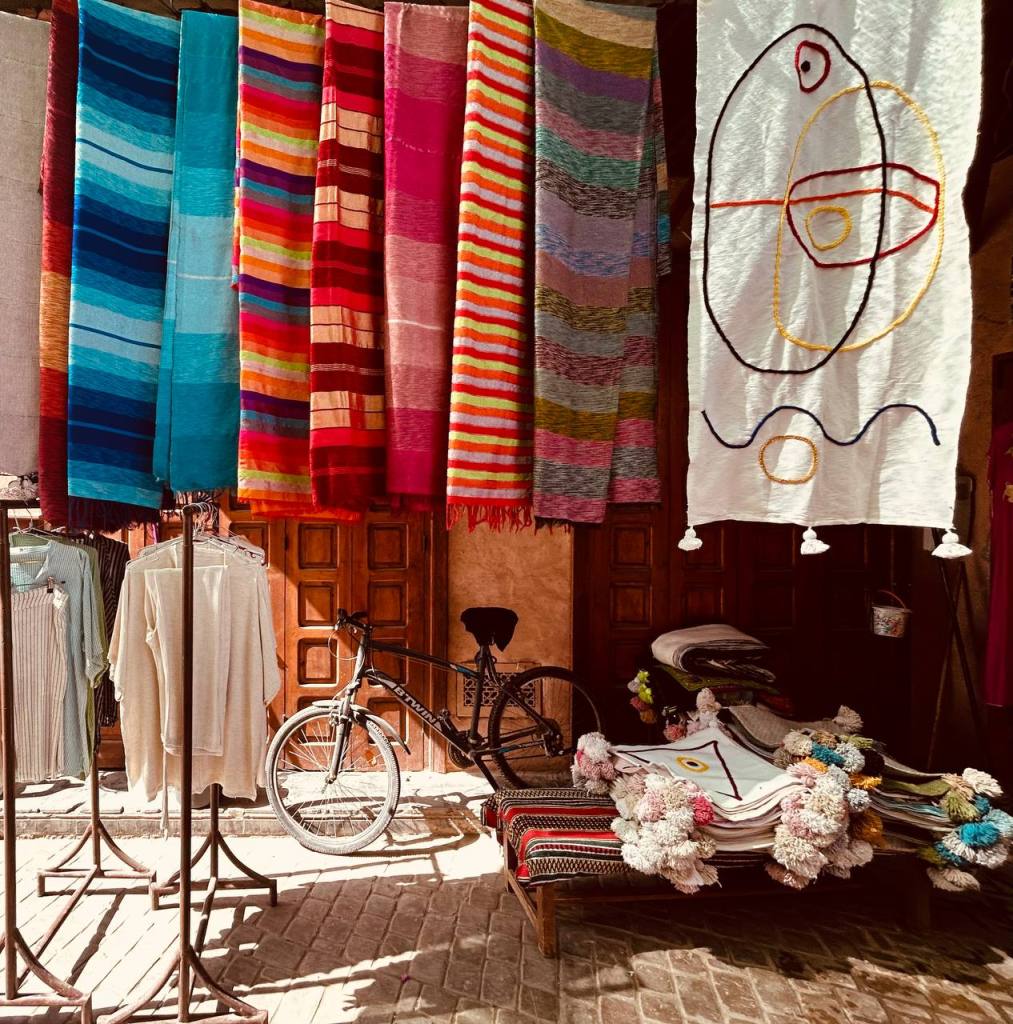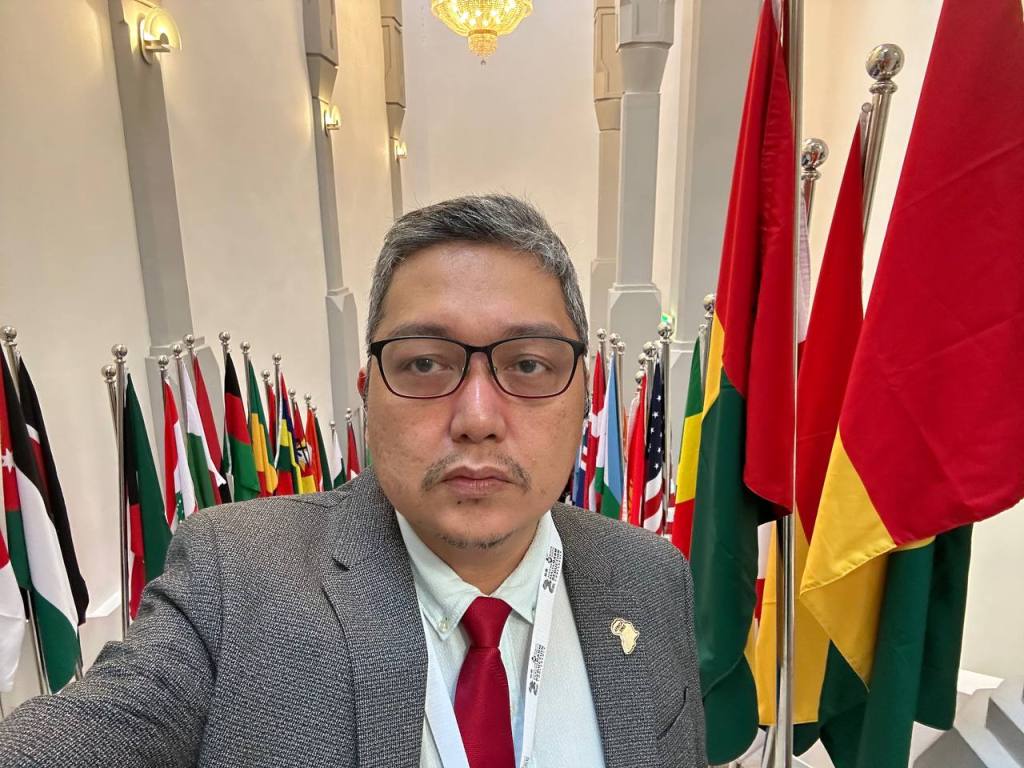from BEYOND THE WAILING SIREN By Rogelio F Varela Jr.
As my internship at the busy city hospital progressed, I found myself in the midst of an unexpected and eye-opening incident that left a lasting impression on me.
It was a night like any other in the labor and delivery unit when a pregnant woman, visibly in pain, was rushed to the ward. The attending OB-GYN resident immediately took charge, her stern yet focused demeanor a testament to her experience in handling such situations.
The patient was eight months pregnant and in active labor. She was accompanied by her worried husband who looked anxious but determined to support his wife through this challenging moment.
The OB-GYN resident displaying her typical efficiency, began asking the usual questions to assess the situation. “Saan po kayo nag papa-pre-natal check-up?” she inquired, her tone professional yet empathetic.
The patient hesitated before responding, “Wala po akong pre-natal check-ups.”
The room fell silent for a moment. I exchanged a quick glance with the OB-GYN resident, noticing the concern in her eyes. It was an alarming revelation, as regular pre-natal check-ups were crucial for monitoring the health of both the mother and the baby.
Attempting to emphasize the importance of prenatal care, she said, “Mostly ng patient na walang check-up namamatay.” It was meant to be a statement of fact, a way to stress the gravity of the situation to the patient and her husband. What transpired next was expected: the violent reaction mixed with sheer desperation.
The patient’s eyes welled up with tears, and her husband’s expression shifted from concern to anger. The husband angrily retorted, “So hindi nyo kami i-admit?”
The words hung heavy in the air, and the tension in the room escalated rapidly. The OB-GYN resident clearly taken aback by the husband’s response, was at a loss for words. It was a serious accusation, one that no healthcare professional ever wants to hear.
“Hindi ho, sinasabi ko lang ho na mostly ng mga patient na walang pre-natal check-up namamatay. Kailangan ho kasi nagpapa-check-up para malaman kung may mga ibang sakit ba si misis habang sya ay nagbubuntis.”
She eventually ended up delivering a healthy baby girl that night.
We thought that was it and went on with our duty. What transpired later, however, was something none of us expected.
The following day, our office received an urgent call from the hospital’s medical director. The husband had filed a formal complaint, alleging religious discrimination during their visit. The OB-GYN resident was summoned to explain her side of the story, and I was asked to accompany her as a witness to the events that had unfolded.
Sitting in the medical director’s office, she recounted the entire incident, including her statement that had been misconstrued. She explained that her intention had been to emphasize the heightened risk that pregnant women faced without proper prenatal care, regardless of their background or beliefs.
As patient’s side of the story was presented, it became evident that there had INDEED been a significant misunderstanding. What enraged the couple was that they heard: “MUSLIM na patient na walang pre-natal check-up namamatay,” instead of the intended, “MOSTLY ng patient na walang pre-natal check-up namamatay.” The misinterpretation triggered a chain of events that threatened to tarnish the reputation of our hospital and our dedicated medical team.
To bridge the divide and clear the air, the hospital arranged a meeting between the patient and the OB-GYN resident, where both parties could openly communicate and understand the unfortunate mistake. It was a difficult but necessary step to resolve the misunderstanding and to rebuild the trust between the hospital and the patient.
This incident served as a poignant reminder of the importance of effective communication in the field of medicine, especially in high-stress situations like childbirth. It also highlighted the significance of cultural sensitivity and awareness among healthcare professionals. In the end, it was a lesson for all of us on the need to choose our words carefully and to consider the impact they may have on patients from diverse backgrounds.









